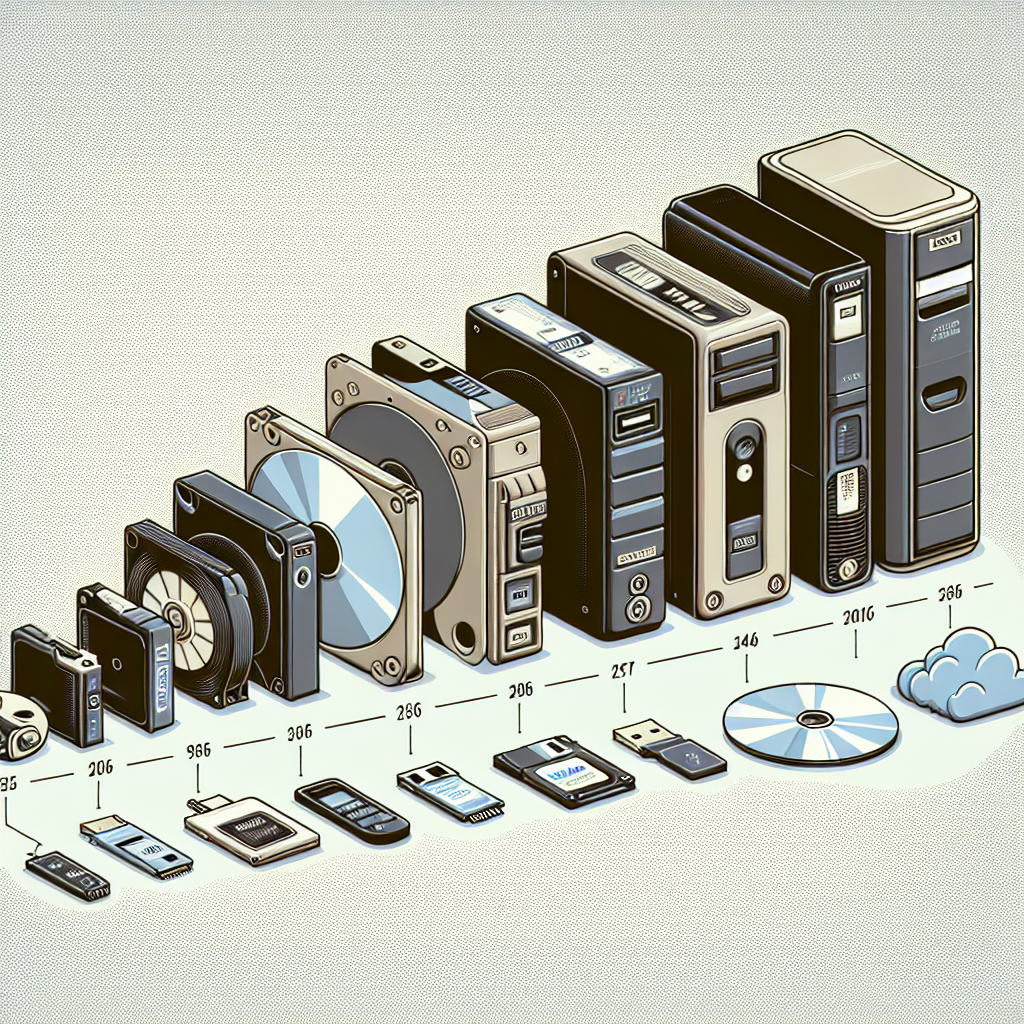Data storage has come a long way since the days of floppy disks and CDs. The evolution of data storage has been a fascinating journey, with technology advancing at a rapid pace to meet the growing demands of businesses and individuals alike. From the early days of physical storage devices to the era of cloud computing, the way we store and access data has been revolutionized in recent years.
In the early days of computing, floppy disks were the go-to storage solution for saving documents and files. These small, portable disks could hold a limited amount of data, typically around 1.44 MB. As technology advanced, CDs and DVDs became popular for storing larger files, such as music and videos. However, these physical storage devices had their limitations, including susceptibility to damage and loss of data.
The next major advancement in data storage came with the introduction of external hard drives and USB flash drives. These devices offered larger storage capacities and faster data transfer speeds, making them ideal for backing up important files and transferring data between devices. However, they still required physical connection to a computer, limiting their portability and accessibility.
The rise of cloud computing has been a game-changer in the world of data storage. Cloud storage services such as Google Drive, Dropbox, and iCloud allow users to store and access their data remotely over the internet. This means that users can access their files from any device with an internet connection, making data storage more convenient and flexible than ever before.
Cloud storage offers several advantages over traditional physical storage devices, including scalability, accessibility, and security. With cloud storage, users can easily expand their storage capacity as their needs grow, without the need to invest in additional hardware. Additionally, cloud storage providers offer robust security measures to protect data from unauthorized access and cyber threats.
The evolution of data storage from floppy disks to cloud computing has transformed the way we store and access information. As technology continues to advance, it is likely that new innovations in data storage will continue to emerge, offering even greater capabilities and efficiency. In the meantime, cloud computing remains a reliable and convenient solution for managing and storing data in today’s digital age.

Leave a Reply
You must be logged in to post a comment.